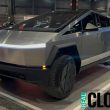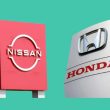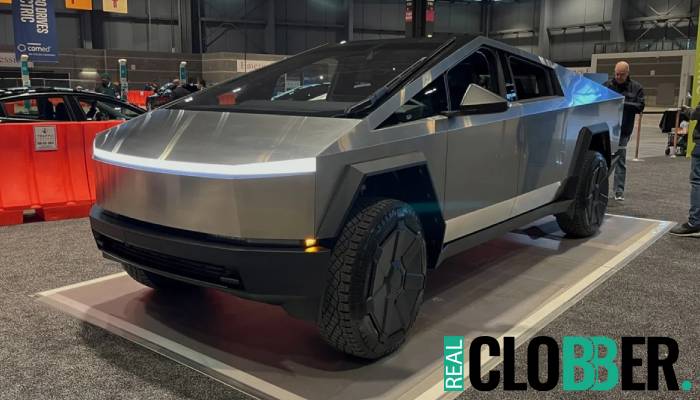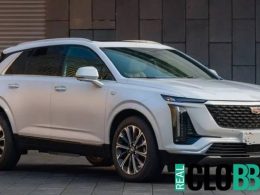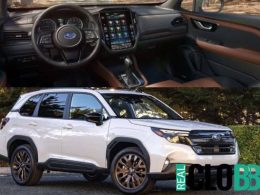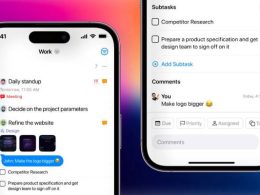A Tesla Cybertruck operating in Full Self-Driving (FSD) mode crashed into a curb and hit a pole in Reno, Nevada, raising fresh concerns over the safety and reliability of the company’s autonomous driving technology. The accident occurred as the vehicle failed to merge out of an ending lane despite a human driver being behind the wheel as required by Tesla’s system.
The driver, Jonathan Challinger, took to social media platform X to warn others, saying, “Don’t make the same mistake I did. Pay attention. It is easy to get complacent now – don’t.” A police report cited unknown mechanical issues as the cause of the crash.
Tesla has faced criticism and regulatory scrutiny over its FSD software following multiple crashes, including some fatal incidents. Despite this, CEO Elon Musk has continued to promote technological advancements, recently touting “immense improvements” in the latest Version 13 update.
Experts argue that Tesla’s approach—relying solely on cameras rather than redundant safety technologies like radar and LiDAR—poses risks, particularly in challenging driving conditions such as nighttime, heavy rain, and fog. Saber Fallah, a Safe AI and Autonomy professor at the University of Surrey, emphasized that AI-driven systems still struggle with lane endings, merges, and sudden road layout changes.
Musk announced that Tesla would begin testing a paid robotaxi service in Austin, Texas, by June, followed by expansion into other U.S. regions. However, the latest Cybertruck crash raises concerns about whether the technology is ready for widespread deployment.


